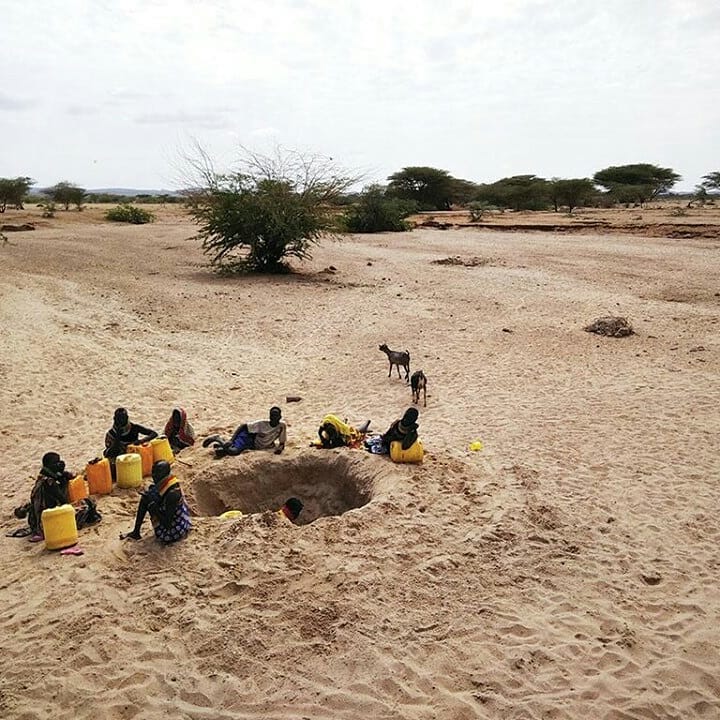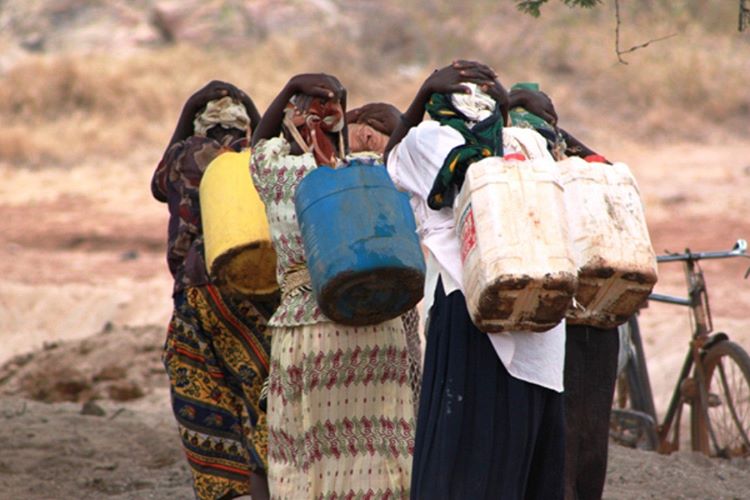You’re probably wondering why hygiene education is so essential, especially in remote areas like Kenya’s ASAL regions. The truth is, while access to clean water and sanitation facilities is vital, educating communities about proper hygiene practices makes the most significant impact. Hygiene education empowers individuals with the knowledge to prevent diseases, promote better health, and improve their overall well-being.
In this article, we’ll explore the many reasons why hygiene education is essential in rural ASAL areas, discuss its long-term benefits, and review successful case studies from organizations such as Maji Na Ufanisi.
A Detailed Explanation of the Importance of Hygiene Education
In regions where access to clean water is already a challenge, improper hygiene can lead to an array of health problems, from waterborne diseases to malnutrition. Hygiene education equips individuals with the knowledge and skills needed to break the cycle of illness and poverty, ultimately leading to healthier communities.
Health Benefits of Hygiene Education
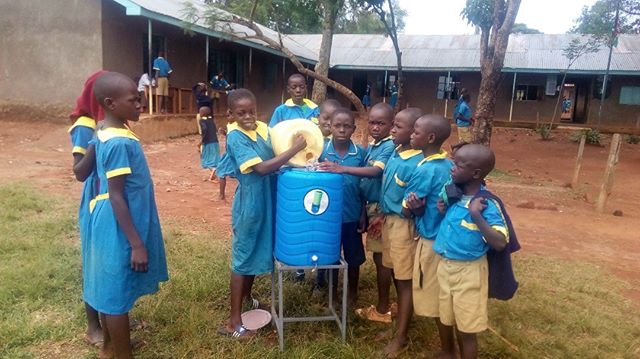
One of the main reasons hygiene education is critical in rural ASAL areas is its direct impact on public health. Poor hygiene practices, such as not washing hands with soap, lead to the spread of preventable diseases like cholera, dysentery, and typhoid.
By educating people about the importance of handwashing, proper waste disposal, and safe water storage, the incidence of these diseases can be drastically reduced. For example, Maji Na Ufanisi has implemented WASH programs that prioritize hygiene education in schools and communities, significantly lowering disease outbreaks in these regions.
Breaking the Cycle of Poverty and Disease
Disease outbreaks caused by poor hygiene often have devastating economic consequences for rural communities. When individuals are constantly falling ill, they are unable to work, attend school, or take part in community activities. This disrupts the productivity of entire communities.
Hygiene education helps break this cycle by reducing illness and enabling individuals to lead healthier, more productive lives. In the long term, this contributes to the economic stability of these communities, as fewer resources are spent on medical treatment, and more individuals can engage in income-generating activities.
Protecting Vulnerable Populations
Children, pregnant women, and the elderly are particularly vulnerable to diseases caused by poor hygiene practices. Hygiene education, when incorporated into community programs and schools, helps protect these groups by promoting habits that reduce the spread of illness.
Maji Na Ufanisi’s school-based WASH programs, for instance, focus on educating children, who in turn bring this knowledge home to their families, amplifying the program’s impact.
Hygiene Education as a Preventative Measure
In rural ASAL areas, where access to healthcare is limited, prevention is better than cure. Hygiene education plays a crucial role in disease prevention, saving lives and reducing the burden on underfunded healthcare systems.
Waterborne Diseases
Waterborne diseases are a significant threat in rural ASAL areas due to water scarcity and the reliance on unsafe water sources. Hygiene education teaches communities how to treat water, store it safely, and avoid contamination, which in turn reduces the spread of diseases like cholera and diarrhea.
Menstrual Hygiene Management (MHM)
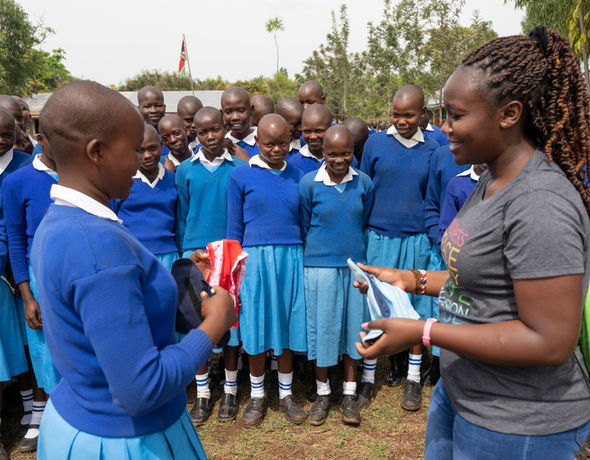
Menstrual hygiene management is often overlooked in rural areas, yet it is a vital component of hygiene education. Girls in ASAL areas may lack access to sanitary products and hygiene education, leading to absenteeism from school and health complications. By incorporating MHM into hygiene education programs, organizations can help empower girls and ensure they stay in school.
The Role of Organizations in Promoting Hygiene Education
Non-governmental organizations (NGOs) like Maji Na Ufanisi play a pivotal role in promoting hygiene education in rural ASAL areas. Through partnerships with local communities and governments, NGOs can develop and implement programs that are culturally sensitive, sustainable, and scalable.
Community Involvement
For hygiene education programs to be successful, community involvement is crucial. NGOs often work with local leaders and schools to tailor hygiene education to the needs and customs of the community. This approach ensures that the information is well-received and integrated into everyday life.
For example, in many ASAL communities, traditional water-fetching roles fall to women and girls. By educating these key groups, hygiene education programs can be more effective in promoting widespread behavior change.
Sustainability and Impact
One of the challenges of hygiene education in rural areas is ensuring its sustainability. Educational programs must be ongoing, with follow-up support to reinforce behavior change. NGOs such as Maji Na Ufanisi address this by training local champions who continue to advocate for good hygiene practices within their communities.
These champions not only ensure that the hygiene education is maintained but also help scale up programs by training others, thereby multiplying the impact of the initial education.
Challenges to Implementing Hygiene Education in ASAL Areas
Despite the clear benefits, there are several challenges to implementing hygiene education programs in rural ASAL areas.
Cultural Barriers
In some communities, traditional beliefs and practices can act as barriers to adopting new hygiene behaviors. Hygiene education programs must therefore be designed in a way that respects local customs while promoting behavior change.
Infrastructure and Resources
Lack of access to basic hygiene facilities, such as soap, clean water, and latrines, can undermine the effectiveness of hygiene education. In many cases, NGOs must work in tandem with infrastructure projects to ensure that communities have the resources they need to put their education into practice.
Sustainability
While short-term programs can have an immediate impact, long-term sustainability is key to ensuring lasting change. Continuous education, monitoring, and follow-up are needed to ensure that communities maintain their hygiene practices.
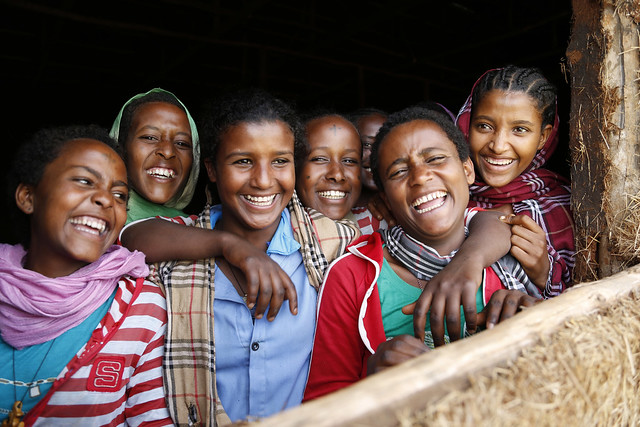
Maji Na Ufanisi’s Efforts in ASAL Hygiene Education
Maji Na Ufanisi is committed to addressing the WASH needs of rural ASAL communities in Kenya. Through its hygiene education programs, the organization is helping to reduce waterborne diseases and improve public health outcomes.
School-Based Hygiene Education
Maji Na Ufanisi works with schools in ASAL areas to promote hygiene education. By teaching children the importance of handwashing, safe water handling, and proper waste disposal, the organization helps create lasting behavior changes that extend beyond the classroom and into the wider community.
Empowering Women and Girls
As part of its hygiene education efforts, Maji Na Ufanisi focuses on empowering women and girls. This includes promoting menstrual hygiene management and ensuring that women have the knowledge and resources they need to maintain good hygiene practices, both for themselves and their families.
Conclusion:
Hygiene education is a vital component of improving health outcomes in rural ASAL areas. By educating communities about proper hygiene practices, organizations like Maji Na Ufanisi can help reduce disease, improve quality of life, and promote sustainable development. Investing in hygiene education is not only about improving health—it’s about building stronger, more resilient communities.
FAQs
1. What is the importance of hygiene education in ASAL areas?
Hygiene education in ASAL areas helps prevent waterborne diseases, improves public health, and fosters sustainable development by promoting proper hygiene practices.
2. How does hygiene education reduce disease?
Hygiene education teaches people to wash hands, treat water, and dispose of waste safely, which reduces the spread of diseases like cholera and typhoid.
3. What are the challenges to implementing hygiene education in rural areas?
Challenges include cultural barriers, lack of infrastructure, and ensuring the sustainability of hygiene practices after initial education programs.
4. How does hygiene education impact children in ASAL regions?
Hygiene education in schools helps children develop lifelong habits that prevent disease and improve health outcomes, benefiting the entire community.
5. Why is menstrual hygiene management important?
Menstrual hygiene management helps girls stay in school and avoid health complications, improving their overall well-being and education.
6. How can NGOs promote hygiene education in ASAL areas?
NGOs can promote hygiene education by working with local communities, providing necessary resources, and ensuring that programs are sustainable.
7. What role do women play in hygiene education?
Women, who often manage water and sanitation in their households, are key to adopting and spreading hygiene practices in ASAL areas.
8. Can hygiene education prevent poverty?
By reducing illness, hygiene education enables individuals to work and attend school, which helps break the cycle of poverty.
9. How does Maji Na Ufanisi contribute to hygiene education?
Maji Na Ufanisi promotes hygiene education through school programs, community training, and women’s empowerment initiatives in rural ASAL areas.
10. What are the long-term benefits of hygiene education?
The long-term benefits include improved health, reduced healthcare costs, greater economic productivity, and stronger, more resilient communities.

